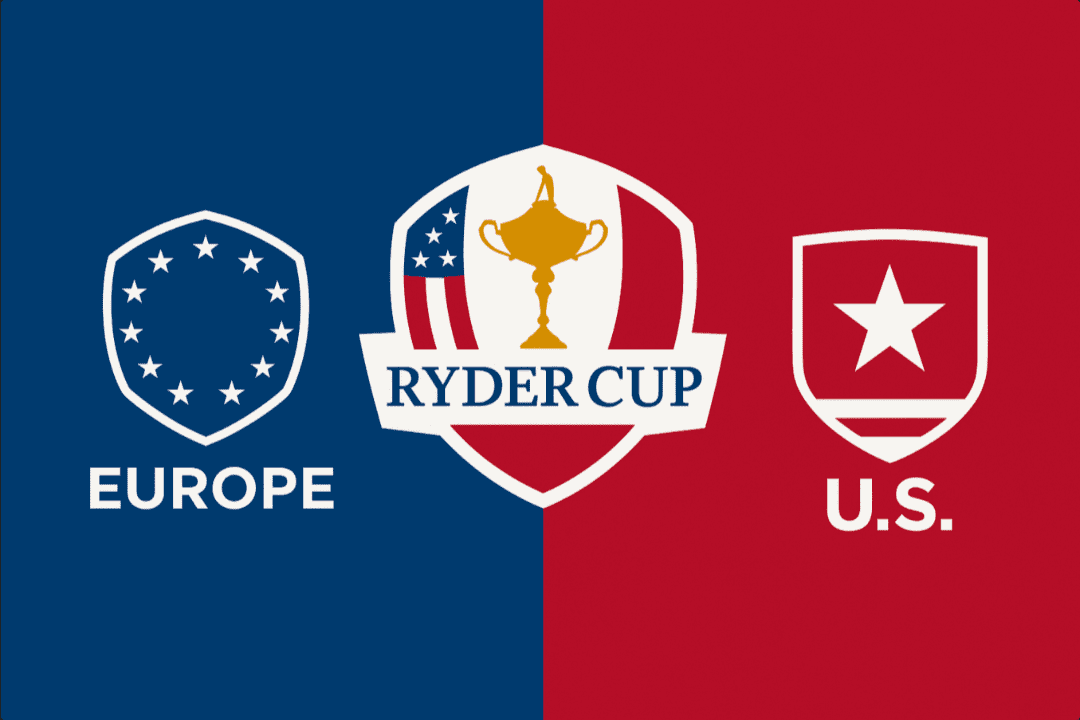How the Ryder Cup Works

How the Ryder Cup Works
Introduction
The Ryder Cup is not just another golf tournament. It’s a clash of titans between Europe and the United States, which every two years transforms golf into a battle filled with history, emotion, and strategy.
For lifelong golfers, understanding how the Ryder Cup works means returning to the roots of the sport: surgical precision, nerves of steel, and collective pride.
Origin and Essence of the Ryder Cup
The Ryder Cup was born in 1927, thanks to British businessman Samuel Ryder, who donated the now-iconic trophy.
What began as a friendly match between the United States and Great Britain quickly evolved into the most anticipated event in world golf.
In 1979, the European team was expanded to include players from across the continent, igniting a historic rivalry. Since then, each edition has become an epic continental duel that has shaped golf legends.
“It’s not just a trophy. It’s representing an entire continent with every shot.”
— Seve Ballesteros
How the Ryder Cup Is Played
The Ryder Cup unfolds over three days, featuring 28 matches under the match play format — where golfers don’t compete for the lowest total score, but to win holes against their direct opponent.
Days 1 and 2: Team Strategy
-
Foursomes: Two players per team alternate shots using the same ball.
-
Fourballs: Each player plays their own ball, and the best score from the pair counts.
Day 3: The Decisive Face-Off
-
12 singles matches that usually determine the tournament’s outcome.
-
Each match is worth 1 point to the winner.
-
The first team to reach 14.5 points wins the Ryder Cup.
-
If tied at 14-14, the team holding the cup retains it.
Pressure and Strategy
The Ryder Cup is like a game of chess on grass.
Captains plan the pairings, the match order, and manage players’ mental pressure. Factors such as course setup, crowd support, and player form become decisive weapons.
A simple two-meter putt can change the fate of the entire tournament, turning every stroke into an unforgettable moment. There are no prize purses here, only pride, honor, and the weight of representing an entire continent.
The Ryder Cup Today
After more than 90 years of history, the Ryder Cup continues to evolve.
Technology and data analysis have reshaped team strategies, turning the competition into a global spectacle that attracts both veteran fans and new generations alike.
“The Ryder Cup isn’t played for money. It’s played for heart and history.”
— Sergio García
Spain and the Ryder Cup
Spain has left an indelible mark on this competition.
-
Seve Ballesteros was the charismatic leader who drove the European team to unforgettable victories.
-
Sergio García, with the all-time record for Ryder Cup points, remains a symbol of Spanish passion and talent in this legendary battle.
Conclusion
Understanding how the Ryder Cup works means diving into the very soul of competitive golf.
This event combines tradition, team spirit, and pure emotion, keeping fans on the edge of their seats every two years.





